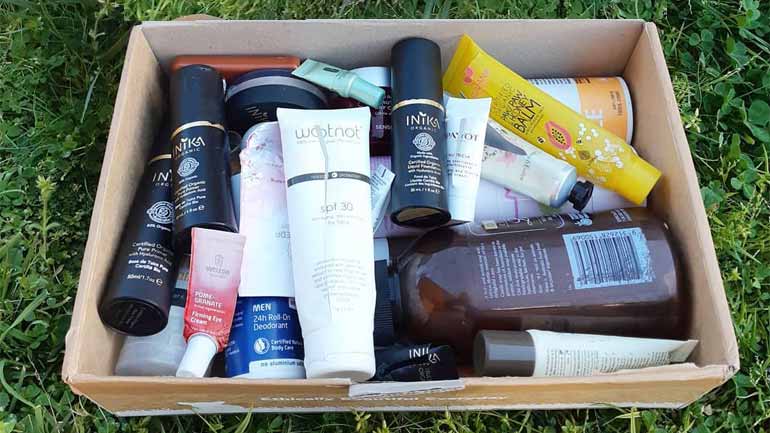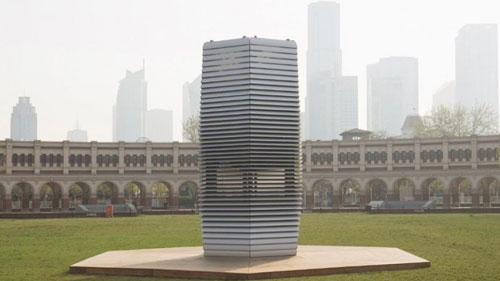
Ranging from deodorants to shampoos and lotions, every beauty product is draped in plastic but some beauty brands are trying to change this paradigm. To be honest, there wasn’t this much plastic involved in personal care items. To illustrate, perfumes had glass containers, soaps were packed in bar forms, haircare products were packed in jars and tins since they had powdery consistency.
Ever since World War I, the US has been the top consumer and producer of beauty products and personal care items but the European market was still in recovery. The US military implemented extremely strict hygiene codes during the war to reduce the chances of the disease spreading from the troops. So, when the soldiers went back home, the cleaning habits were ingrained.
During the mid-1920s, personal care became a new trend while in 1926, Unilever launched a campaign that hinted at bad body odor damaging the social and career prospects. Similarly, with the increase in Hollywood movie production, the market for cosmetics, creams, and personal care items literally exploded since the beauty standards and glamor benchmarks were set.
Heck, the US government even declared lipsticks as a wartime necessity because it helped them build morale and maintain the cultural life. During the mid-20th century, all personal care items were draped in plastic because they could be customized into sturdy, lightweight, and flexible bodies. Well, it’s obvious that plastic consumption is too much but how can we reverse it? Can eco-friendly packaging help?
The Beauty Companies Are Reducing Plastic – How Exactly?
The personal care items and cosmetic packaging has filled all the aisles in superstores and the industry is worth $90 billion only in the US which is rivaling the sports, private loan markets, and pets when we consider the economic values. That being said, the plastic footprint of the industry is bloating and the utilization of plastic has increased by 120x ever since the 1960s.
Not to forget, around 70% of the plastic waste is ditched into landfills. On a global scale, the packaging industry for personal care items and beauty products with plastic packaging is making around $25 billion. That being said, reducing the plastic packaging or simply cutting back on it can be challenging. However, the brands are using plastic-free packaging.
For instance, some brands are using glass packaging even if plastic packaging costs ten times more as compared to plastic packaging, and it’s because it has complete recyclability. In addition, the higher shipping costs with glass packaging aren’t holding them back, so that’s one step that’s being taken by beauty brands to reduce plastic consumption.
However, recently, bio-sourced and biodegradable plastics have surfaced since consumers are pushing for eco-friendly packaging. Moreover, some companies and brands are tackling the plastic issue by redesigning the beauty products (Lush Cosmetics is one of them as they redesigned the shampoo and gave it a bar form; yup, they ditched the liquid shampoo).
It’s an extremely interesting angle since moisturizers, shampoos, and conditioners mostly have water, so brands have to ship around water, hence the water footprint, carbon footprint, and plastic footprint. That being said, other beauty companies are trying out the refilling method to reduce the redesign and remanufacturing needs of the packaging.
Cleansing The Beauty Routine from Microplastic
For those who don’t know, microplastics tend to harm the wildlife and are polluting the oceans, and the beauty products with cosmetic packaging are adding to the issue. To tackle this issue, Kjaer Weiss is using the metal case that curated the sense of luxury beauty and the entire idea is to create refillable packaging, and they intend to use biodegradable packaging materials for packing the refill trays.
Not to forget, Cocokind simply refused to make the sheet masks for the face because there was no way of packing them sustainably (it could yield so much profit, but hey, anything for the environment!).
Who Will Solve This Plastic Problem?
Truth be told, it takes a village to fix the plastic problem since it has a strong embedment in the modern supply chain. It’s pretty obvious that the personal care and beauty industry is growing by leaps and bounds which means more products are landing into the consumer’s hands. So, even if the brands choose efficient packaging, they need a concentrated effort to create a dent in the plastic problem.
For instance, L’Oreal and Unilever have signed the “New Plastics Economy” with which they want to create 100% refillable, reusable, and compostable packaging by the year 2025. According to these companies, they have already increased the utilization of recycled plastic in packaging. So, these changes are playing an essential role in reducing or halting up the plastic consumption process.
The Advent of Eco-Friendly Packaging
While brands try to reverse the higher utilization of plastic packaging, they are also going high on eco-friendly packaging. It wouldn’t be wrong to say that consumers are switching to the eco-friendlier standards of living as they are conscious about the purchasing patterns and the level of sustainability that can be achieved by switching to different beauty or personal care products.
That being said, this environmental shift will be optimized through the utilization of eco-friendly materials and recyclable packaging. So, it’s pretty apparent that something is ought to change when it comes down to the utilization of non-recyclable and plastic materials. So, with the upcoming future, sustainable living and eco-friendly packaging will be more accessible throughout the routine products.
In addition, the use of refillable packaging has become more useful and promises long-term benefits and it creates an obvious incentive for repurchasing.
The Bottom Line
The bottom line is that ditching plastic packaging is challenging and it’s a vast challenge. However, the brands cannot provide excuses for not trying because the solutions aren’t here, they need to be designed. So, now is the right time to make amends in your brand packaging and choose the packaging supplier that is experienced in eco-friendly packaging!




